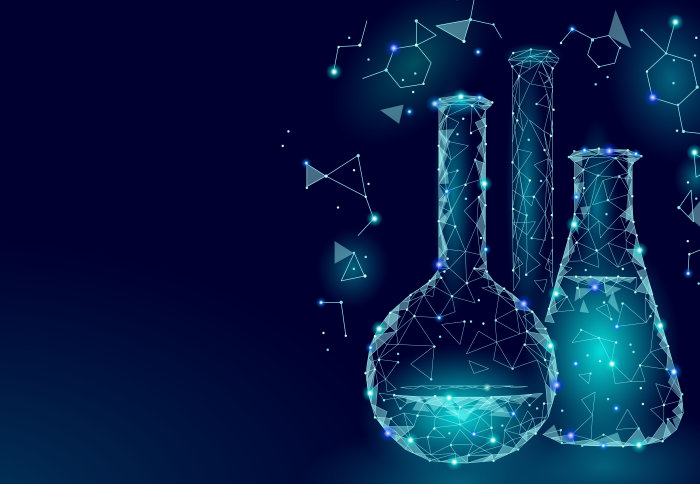Oxygen is one of Earth's most abundant and crucial elements, with profound impacts on chemistry, biology, and the environment. This article delves into various aspects of oxygen, from its discovery and properties to its role in human health and the environment. Discovery and History Oxygen was discovered independently by Carl Wilhelm Scheele in Sweden and Joseph Priestley in England, both in 1774. Priestley isolated oxygen by heating mercuric oxide, while Scheele produced it by heating several compounds, including potassium nitrate. Antoine Lavoisier, a French chemist, later named the element "oxygen" in 1777, from the Greek words "oxys" (acid) and "genes" (producer). 1. Triplet Oxygen - Molecular oxygen (O2) is commonly depicted with a double bond, but in reality, it has two unpaired electrons, making it a diradical. This makes it slightly paramagnetic, meaning it is weakly attracted to magnetic fields. 2. Oxygen's Discovery - Oxygen was dis...


